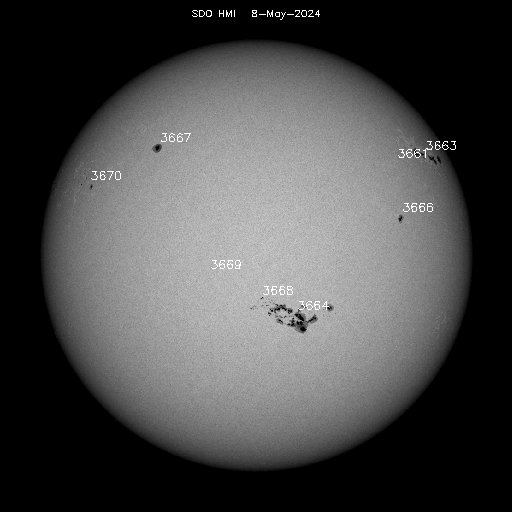The ESAC Astronomy Club announces the annual Summer Solstice Star Party. This year it will take place on June 30, 2017, coinciding with the #AsteroidDay. The doors will open at 20:00, the programme will start at 20:30 and the observations with the telescopes will start at 22:30.
 |
| ESAC Star Party |
Agenda:
- 20:30 tour along the satellites at ESAC
- 21:30 presentation about astronomy in D building.
- 21:30 second tour along the satellites at ESAC
- 22:30 observation with telescopes, guided constellations tour, guided satellite spotting
More:
 |
| Astronomy master class |
As always you, your
family and your
friends are
invited to attend the star party. However, the way we want to register the invitees is different than previous years! We have created a Google form that you, the ESAC employee, will need to fill out for every person that you want to invite. The form can be found
here. Please make sure to fill out all required items and to also inform us if your invitees plan to attend either tour along the satellites and/or the presentation about astronomy by ticking the appropriate boxes in the form. The number of visitors is
limited to 450 and the number of participants of the
presentation to 250.
 |
| Telescope platform |
As in previous years you are required to bring your own food and drinks. We will take care of ice to cool your drinks though. The restaurant terrace will be open for you to eat at. Parking will be done at the ESAC parking and the guards will let your invitees enter as long as they are on the list. So make sure to fill out the form for each invitee! Finally, the first tour of the satellites will start at 20:30 sharp and the presentation at 21:30 sharp so please make sure to arrive on time.
From 22:30 onward we will point our telescopes at various objects in the sky, including Jupiter, the Moon and Saturn. We will dedicate several telescopes to taking pictures and we will make sure that you and the other visitors can make pictures with your own smartphones through those telescopes.
 |
| Saturn Live projection during 2016 Star Party |
Location: ESA - European Space Astronomy Centre (ESAC) Camino bajo del Castillo s/n, Urb. Villafranca del Castillo 28692 Villanueva de la Cañanda, Madrid, Spain
Please contact us in case you have any questions,
ESAC Astronomy Club













